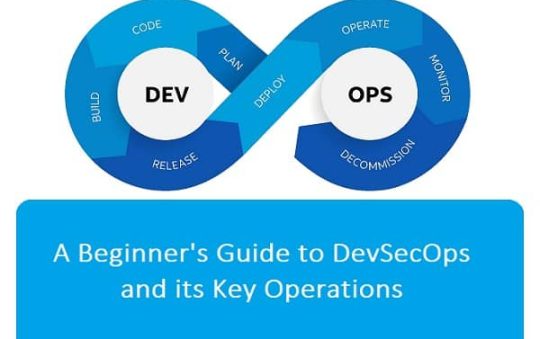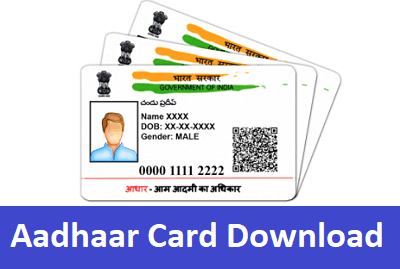A pay stub is a piece of paper employees receive along with their paychecks, outlining precisely how much they earn, as well as any deductions made. In other words, employees can see their gross pay, tax withholdings, retirement funds, and health insurance payments. The final net pay is clearly visible on the receipt at the very end.
Contents
What Does a Paystub Include?
Though paystubs can slightly differ from employee to employee, some common elements can be found in all. Here is what you have to include in every paystub:
- Identifying information. The employee’s and the employer’s name and address should be on the pay stub. You should also add the employee’s Social Security number.
- Pay period. It is essential to define the exact dates the payment covers, as well as the hours worked.
- Gross salary. Include the amount earned during one pay period before taxes and other deductions are applied. For instance, an employee working a $30 wage for 8 hours would make a $240 gross wage.
- Tax deductions. This section should outline all taxes that will be deducted from the gross salary. Usually, those include federal taxes, state taxes, Social Security, Medicare, and more.
- Employee benefits deductions. These deductions relate to an employee’s health insurance, life insurance, retirement contributions, and payments into savings accounts.
- Voluntary and involuntary deductions. These may include the sums the employee chooses to set aside for charity and similar causes, as well as those he is required to pay due to a court order.
- Net salary. The amount the employee takes home after all deductions are applied.
Are Paystubs Required by Law?
Officially, there is no federal law that requires employers to issue pay stubs to their employees. The Fair Labor Standards Act (FLSA) states that employers must keep track of hours worked and wages paid. However, they do not have to provide this information to the employees along with their paychecks.
Still, different states have different laws regarding paystubs, so it is worth looking into requirements for your particular state. Some require access to paystubs on demand, and others demand that the employers issue written or printed stubs. There are also several states that have no paystubs laws of any kind, leaving the decision up to the employer and employee.
Also read: The Complete Guide to Improving Workplace Communication for Employers
How to Make a Paystub
In general, making a paystub is not too difficult, as long as you remember which sections you need to include. We’ve outlined them above, but you will also easily find examples of well-made paystubs online.
In addition, there are online generators and software that can quickly create a paystub for you. All you have to do is enter the necessary details into the appropriate sections and let your paystub process.
And if you don’t want to do it alone, you can always hire a professional payroll organization to perform all payment-related services for you. That, of course, includes making a paystub, which is then delivered to you so you can easily present it to your employee!




